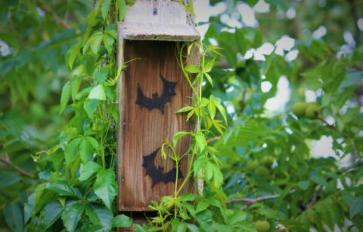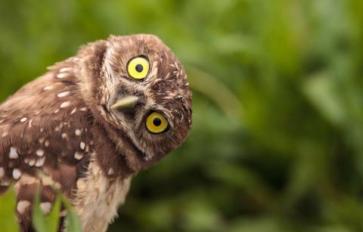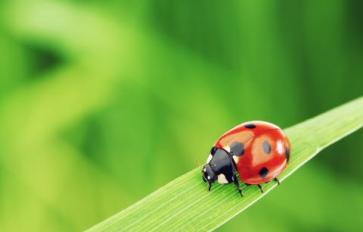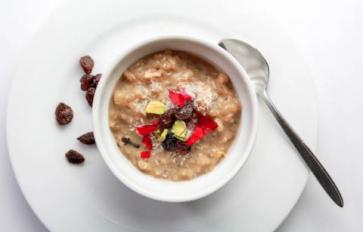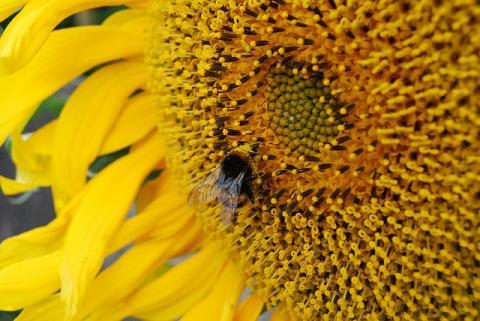
A well-fed bee is a happy bee, say biologists at Queen Mary University of London. Any beekeeper who truly loves honeybees can distinguish a happy hive from a sad one. The song that emanates from the honeybee community tells all.
One of my favorite places was a spot on the ground right next to one of the hives I kept on my property. I could watch the foraging honeybees fly onto the landing board, each humming the same happy song – they returned with their back legs loaded with pollen, and their little bee tummies full of nectar. Changes or shifts within the hive, or in the forage, could bring on what I refer to as “mood swings.”
The recent study backs up this theory, although the focus was on Bombus, the bumblebee. Researchers at Queen Mary University of London wondered if the bumblebee was happier when she had a good meal. They trained bees to associate a specific portal location and a blue card to sugar water, and another location and the color green to plain water. They fed some of the bees sugar water “shots” and found that all were equally motivated to visit the sugar water station, and less likely to choose the plain water.
But then they confused the bees by placing a blend of both colors in the middle, or neutral area. Sugar-fed bumblebees were quick to take a risk, seemingly more optimistic that they would be rewarded with more sugar water. Bees that were not given a dose of sweet beforehand were hesitant to locate a possible snack.
Then the biologists tried a scarier tactic – they made the bumblebees think that spiders were attacking them. The scientists used a machine that simulated the way a crab spider grabs its prey. This experiment resembled a 2011 experiment where researchers found that honeybees became agitated when given a similar cue.
The sugar-happy bumblebees recovered from their fright more quickly than the bumblebees that were not fed.
Because the bumblebees exhibited the same behavior in different situations, the study suggests that bumblebees have emotions. The same chemical that gives us a happy rush – dopamine – probably plays a part in the bumblebees’ optimism. When the bees were given a dopamine inhibitor, they did not have the same response.
Senior author Professor Lars Chittka was quoted on the Queen Mary University of London website as saying, “The finding that bees exhibit not just surprising levels of intelligence, but also emotion-like states, indicates that we should respect their needs when testing them in experiments, and do more for their conservation.”
The next time you see a bumblebee or a honeybee, watch her for a while. You might see her lap up nectar slowly as if she were enjoying every sip. You
might watch as she rolls in pollen-filled sunflowers, like a puppy in tall grass. You will hear the tones of her hum change as she moves from flower
to flower. I have no doubt that she is enjoying herself!



